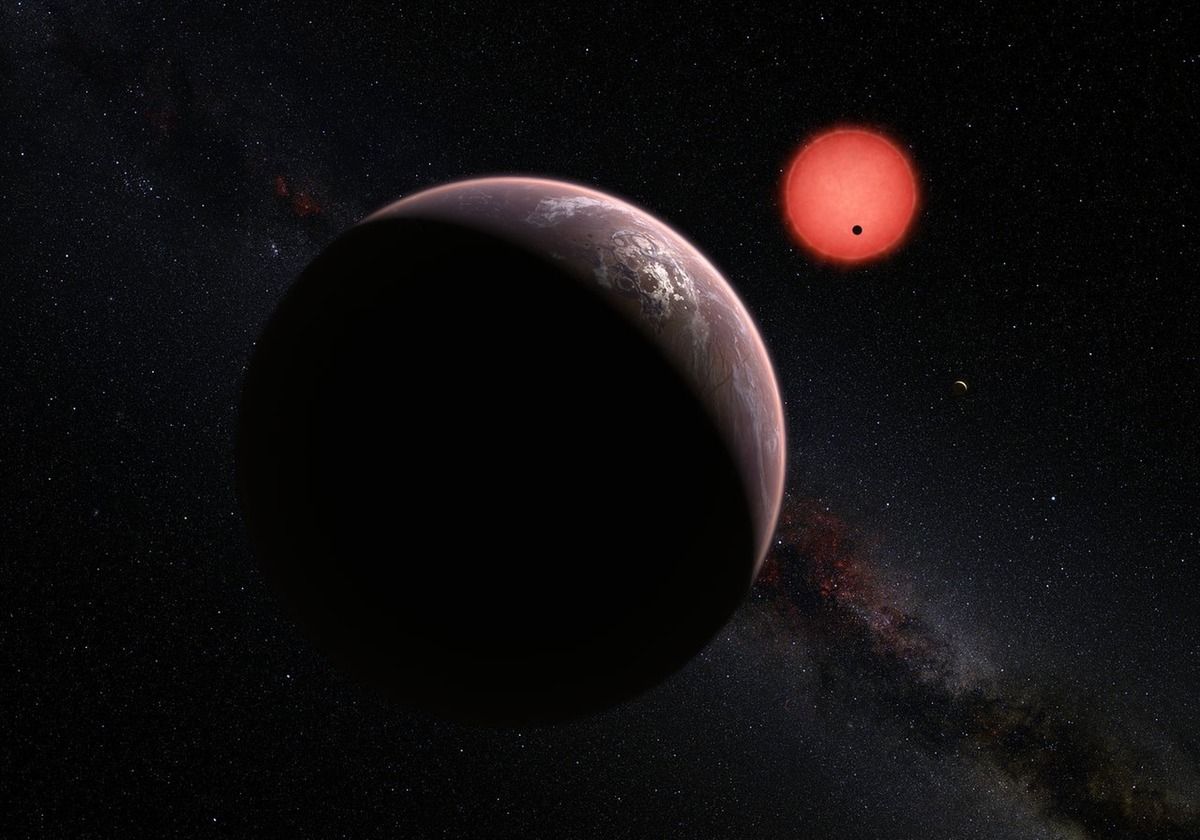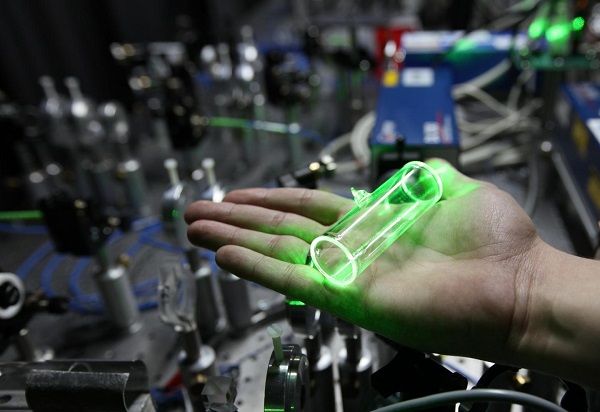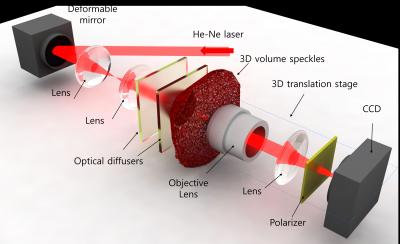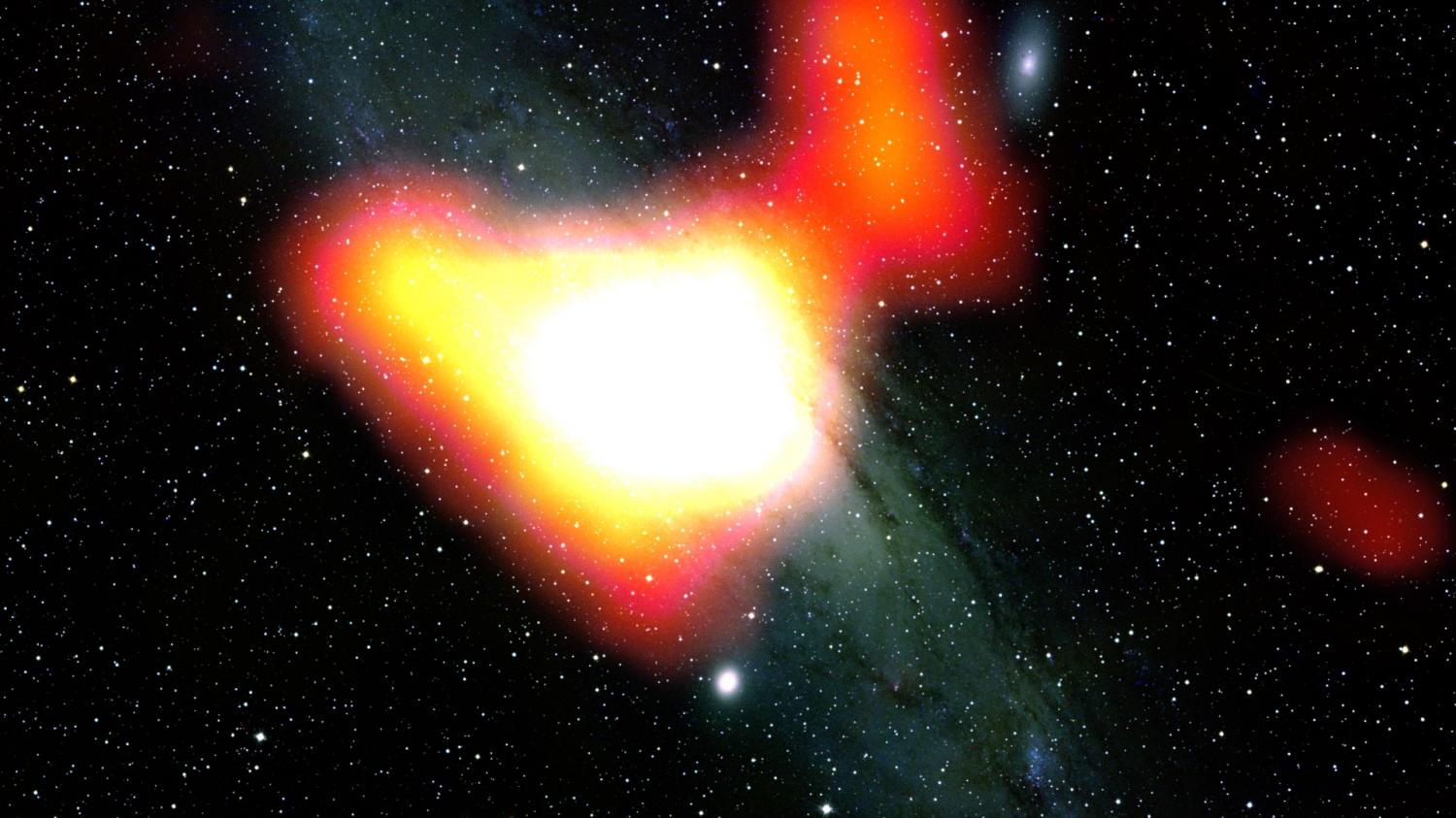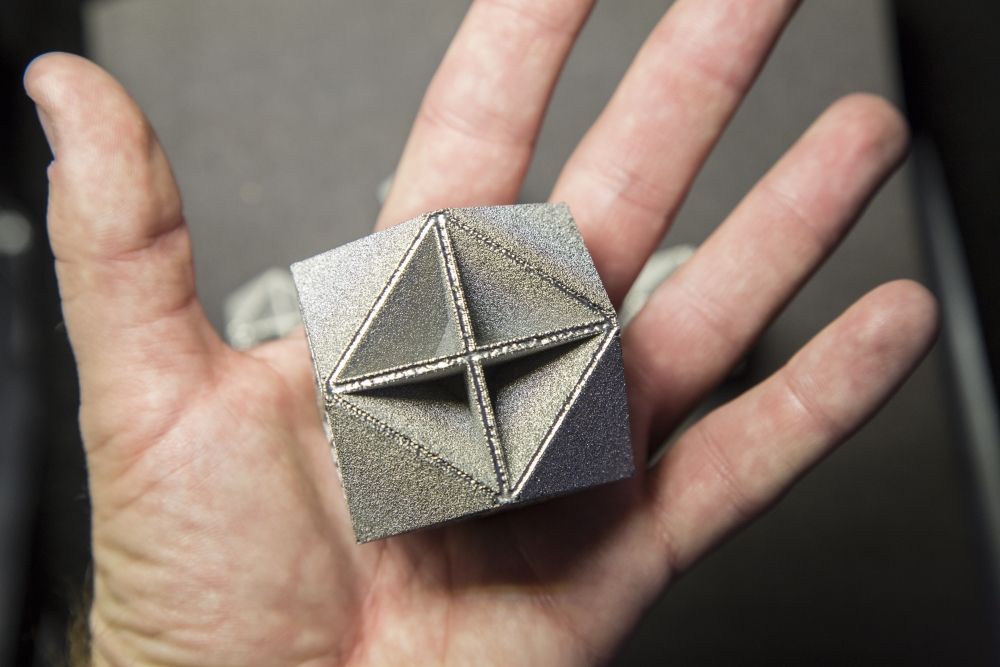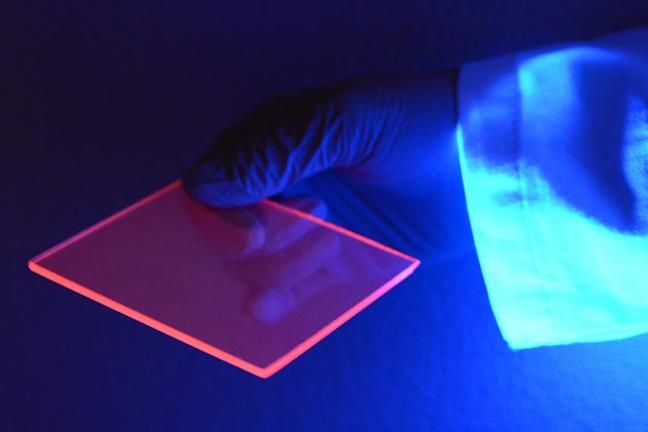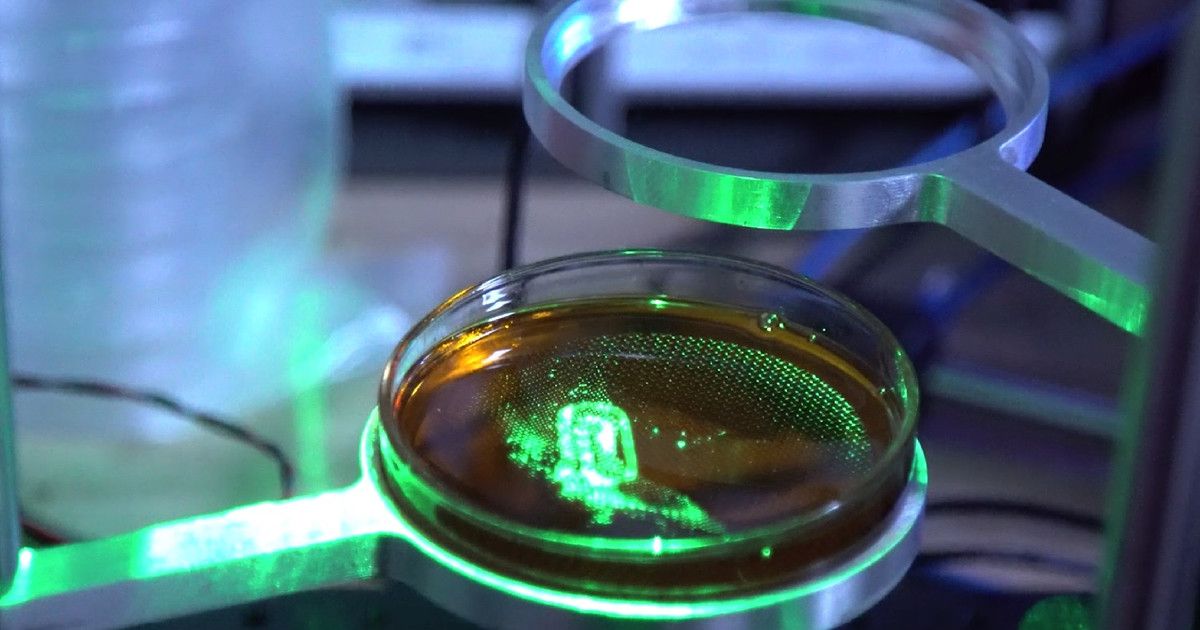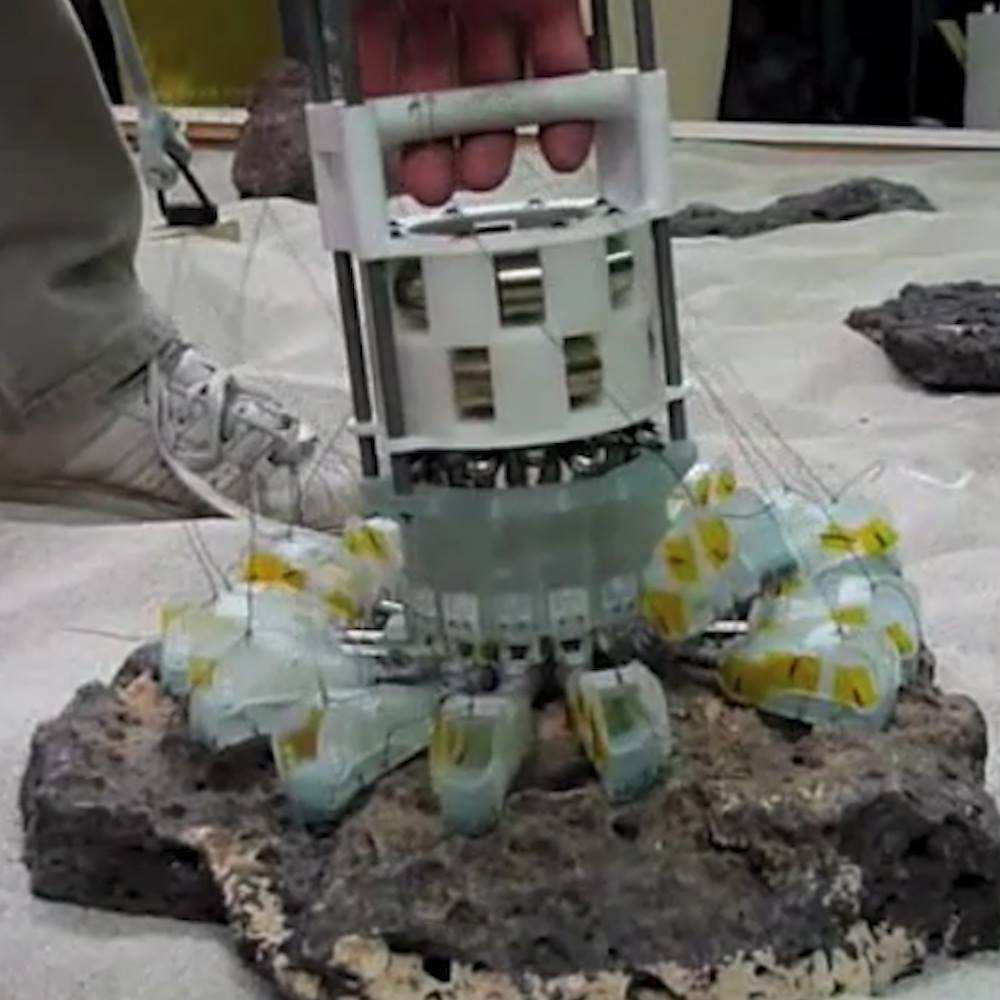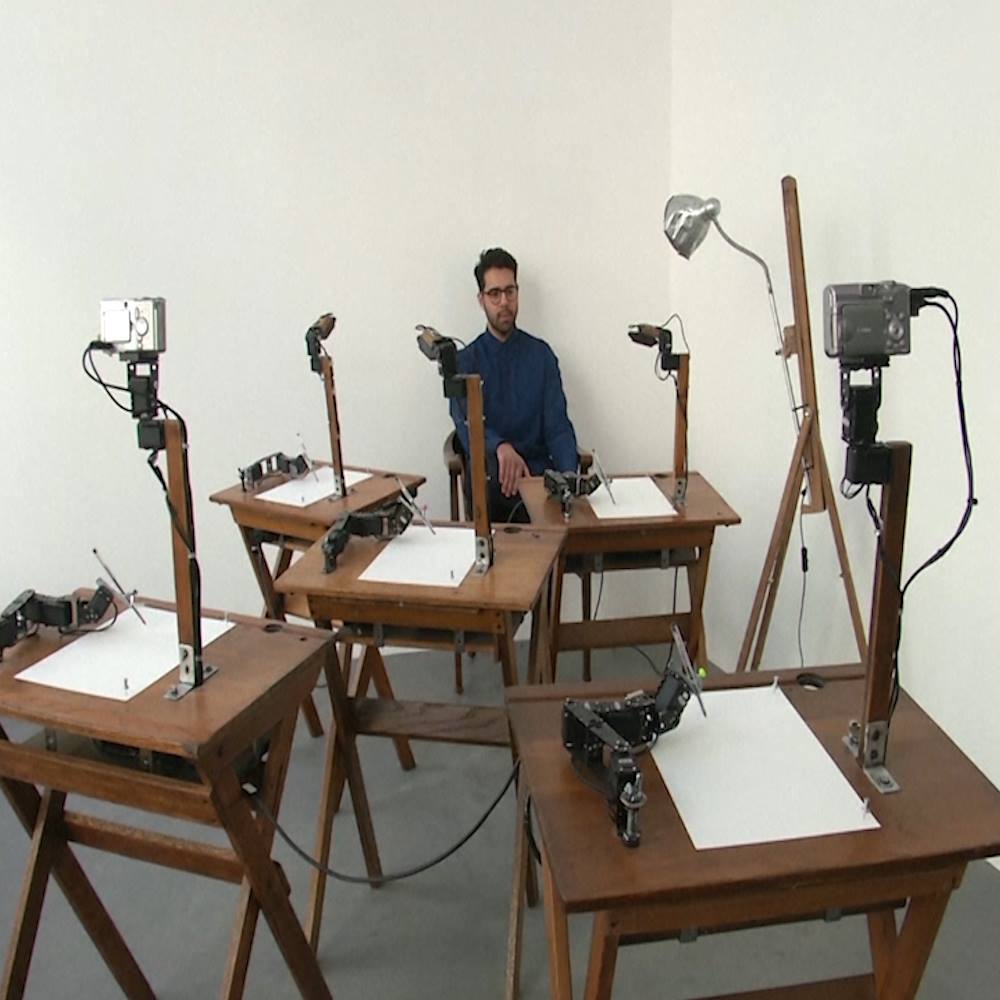Page 3695
Feb 26, 2017
Holographic Atomic Memory Produces Photons On Demand
Posted by Saúl Morales Rodriguéz in category: computing
WARSAW, Poland, Feb. 10, 2017 — A device that is able to generate single photons on demand in groups of several dozen or more could help scientists overcome one of the fundamental obstacles facing the construction of quantum computers.
Feb 26, 2017
Optical Diffusers Improve Definition, Viewing Angle for 3D Holograms
Posted by Saúl Morales Rodriguéz in category: holograms
A wavefront-shaping technique has been used to create a dynamic 3D holographic image with a viewing angle of 35 degrees in a volume of 2 cm in length.
Feb 26, 2017
Fermi finds possible dark matter ties in Andromeda galaxy
Posted by Saúl Morales Rodriguéz in categories: cosmology, particle physics, space travel
NASA’s Fermi Gamma-ray Space Telescope has found a signal at the center of the neighboring Andromeda galaxy that could indicate the presence of the mysterious stuff known as dark matter. The gamma-ray signal is similar to one seen by Fermi at the center of our own Milky Way galaxy.
Gamma rays are the highest-energy form of light, produced by the universe’s most energetic phenomena. They’re common in galaxies like the Milky Way because cosmic rays, particles moving near the speed of light, produce gamma rays when they interact with interstellar gas clouds and starlight.
Surprisingly, the latest Fermi data shows the gamma rays in Andromeda—also known as M31—are confined to the galaxy’s center instead of spread throughout. To explain this unusual distribution, scientists are proposing that the emission may come from several undetermined sources. One of them could be dark matter, an unknown substance that makes up most of the universe.
Continue reading “Fermi finds possible dark matter ties in Andromeda galaxy” »
Feb 26, 2017
New metamaterial is proved to be the world’s first to achieve the performance predicted by theoretical bounds
Posted by Saúl Morales Rodriguéz in categories: materials, transportation
In 2015 UC Santa Barbara mechanical engineer and materials scientist Jonathan Berger developed an idea that could change the way people think about high-performance structural materials. Two years later, his concept is paying research dividends.
In a letter published in the journal Nature, Berger, with UCSB materials and mechanical engineering professor Robert McMeeking and materials scientist Haydn N. G. Wadley from the University of Virginia, prove that the three-dimensional pyramid-and-cross cell geometry Berger conceived is the first of its kind to achieve the performance predicted by theoretical bounds. Its lightness, strength and versatility, according to Berger, lends itself well to a variety of applications, from buildings to vehicles to packaging and transport.
Called Isomax, the beauty of this solid foam—in this case loosely defined as a combination of a stiff substance and air pockets—lay in the geometry within. Instead of the typical assemblage of bubbles or a honeycomb arrangement, the ordered cells were set apart by walls forming the shapes of pyramids with three sides and a base, and octahedra, reinforced inside with a “cross” of intersecting diagonal walls.
Feb 26, 2017
Dream of energy-collecting windows is one step closer to reality
Posted by Saúl Morales Rodriguéz in categories: nanotechnology, solar power, sustainability
Researchers at the University of Minnesota and University of Milano-Bicocca are bringing the dream of windows that can efficiently collect solar energy one step closer to reality thanks to high tech silicon nanoparticles.
The researchers developed technology to embed the silicon nanoparticles into what they call efficient luminescent solar concentrators (LSCs). These LSCs are the key element of windows that can efficiently collect solar energy. When light shines through the surface, the useful frequencies of light are trapped inside and concentrated to the edges where small solar cells can be put in place to capture the energy.
The research is published today in Nature Photonics.
Continue reading “Dream of energy-collecting windows is one step closer to reality” »
Feb 26, 2017
Holographic 3D printer uses lasers to print thousands of times faster than its rivals
Posted by Saúl Morales Rodriguéz in categories: 3D printing, holograms
Think you’ve seen it all when it comes to 3D printing? This hologram-powered 3D printer prints using green lasers and a tub of goo.
Feb 26, 2017
Newly-found star system has 7 Earth-like planets and 3 may host life
Posted by Saúl Morales Rodriguéz in categories: alien life, virtual reality

The planets were discovered orbiting a dwarf star known as Trappist-1, which is 39 light years from Earth. The international group of researchers claim they will know if life exists there within a decade.
